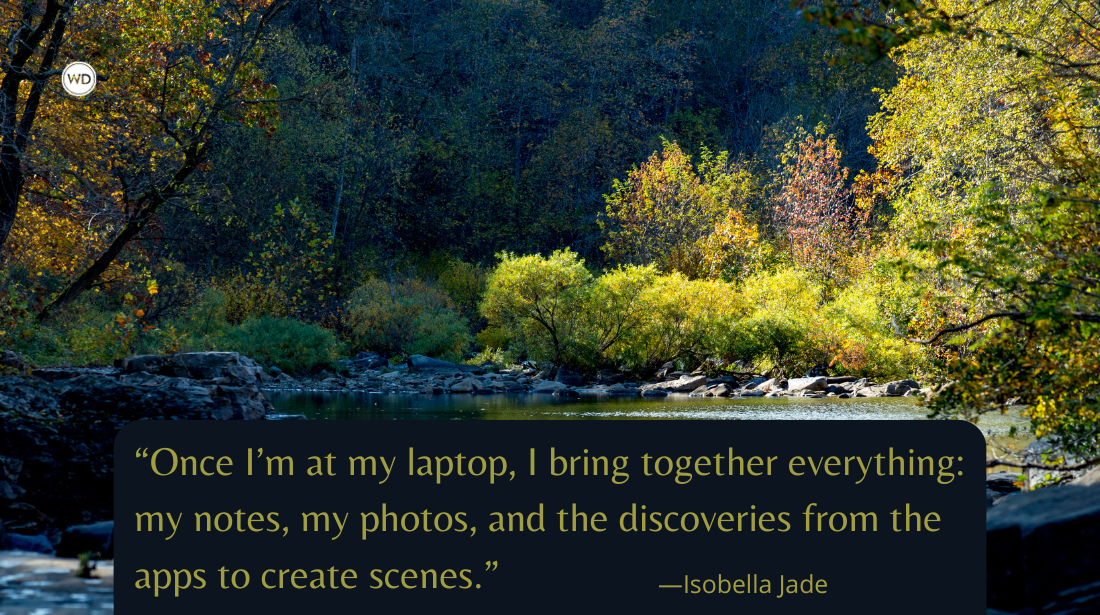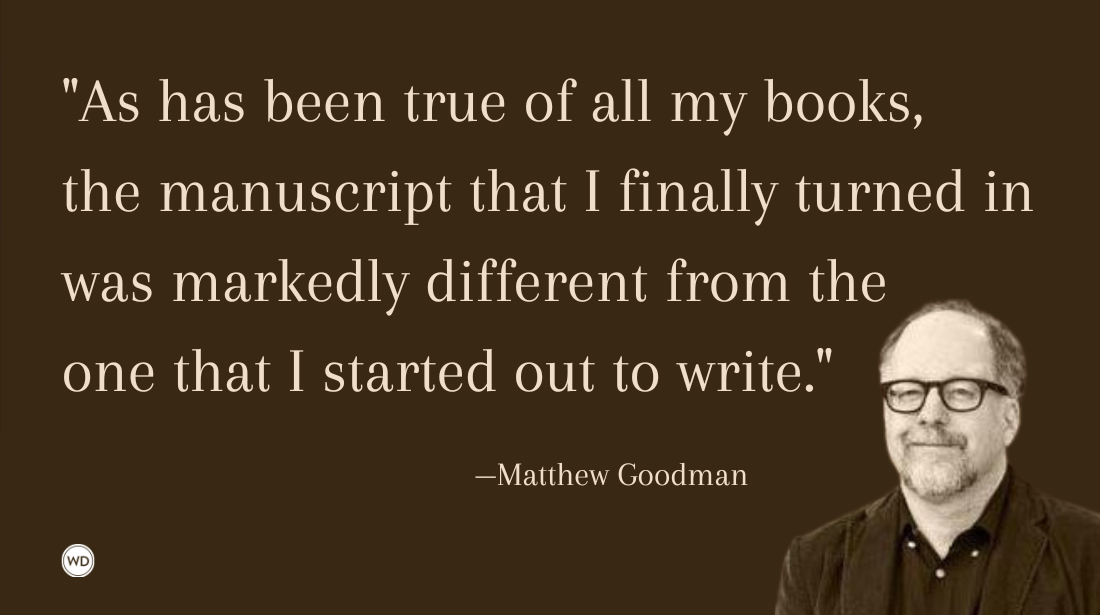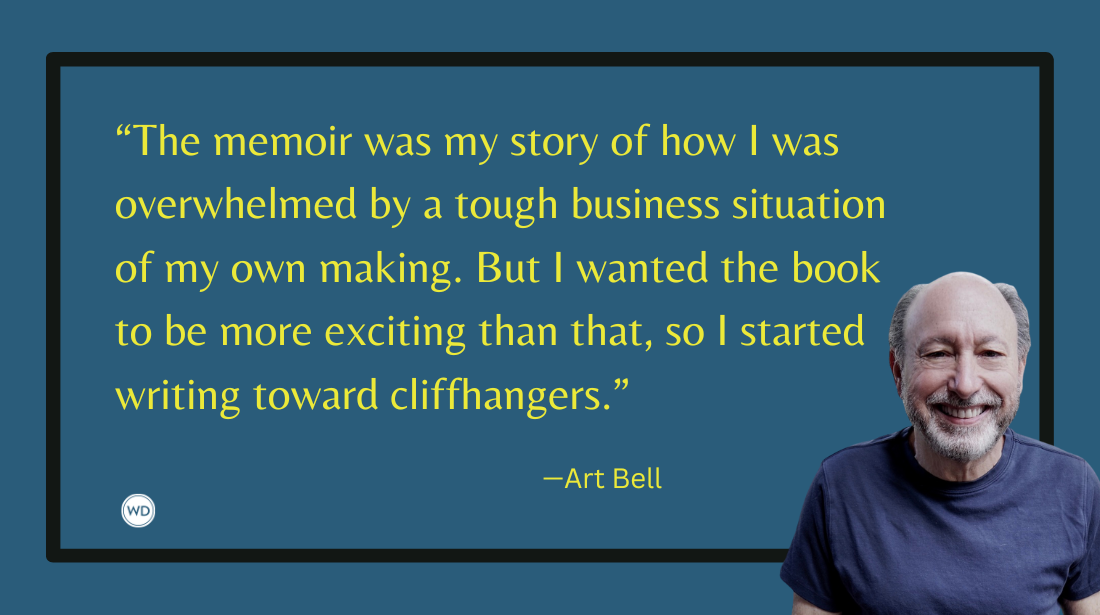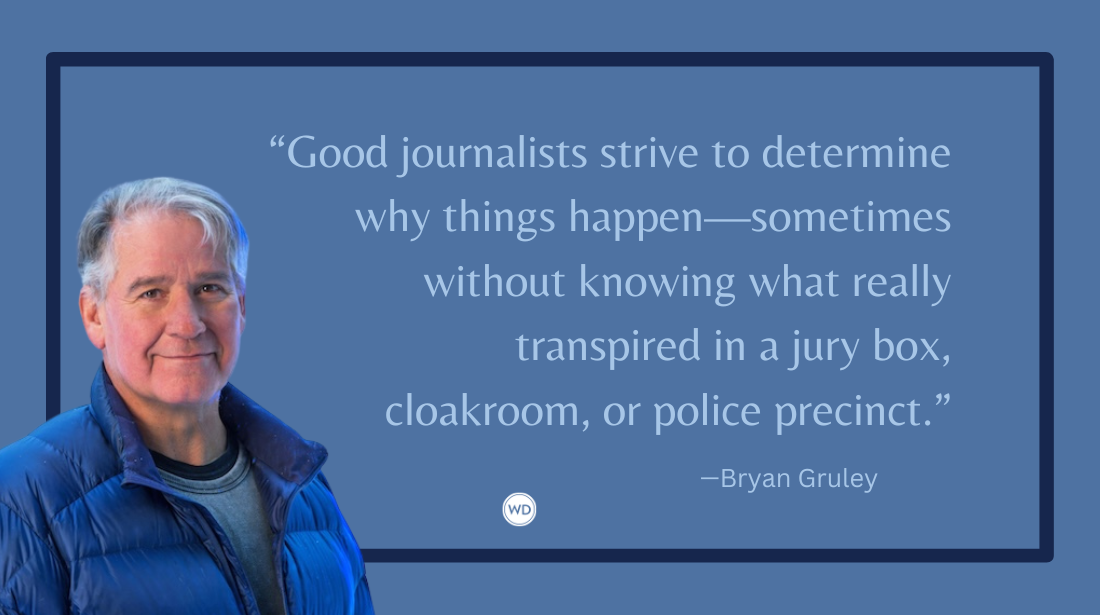Does Good News Sell? Or Are We Forever Stuck With the Bad News Bearers?
Journalist Alison Hill asks whether there’s a place for good news in today’s media environment of clickbait, sensationalism, and negativity.
Newsrooms have been operating on the premise “If it bleeds, it leads” for decades. It’s been scientifically and experientially proven that bad news sells papers, lures in TV viewers, and now in the crowded digital landscape, gets the most clicks.
Stories involving any kind of crime, violence, scandal, or disaster, always get the breaking coverage and become front-page news. You could argue that the online news space is just one big money-spinning tabloid at this point. And as consumers, we tend to be drawn into all this by our innate curiosity and yes, our penchant for the scandalous and macabre.
A few of these stories a week is palatable, but we’re now inundated with an enormous daily dose of negativity. From wildfires to mass shootings, the news seems to offer an endless diet of disaster. These events need to be covered of course, but there’s a better way to do so. And it’s not just the legacy and independent/citizen journalist news sources, worse still is all the trash online content, disguised as news, that thrives off clickbait.
What kind of effect does this perpetual bad news cycle have on our mental and physical health? And can we as journalists tip the balance by pursuing more positive, or at the very least, less negative stories? Or maybe tackle them in a different way, sans sensationalism? Would anyone read them if we did?
Let’s dig in.
The Power of Sensational Journalism
There is nothing new under the sun, and news outlets have always peddled sensationalist news. The tabloids have thrived on it. “Read all about it,” newsboys would shout, “Headless Body Found in Topless Bar.” Now click bait has taken over the reins and the effect of online fodder is arguably worse. And yes, go right ahead, click on the link there, it was an actual headline in 1983. We’ll wait…
At least back in pre-internet times, when newspapers were the norm, we’d read an article, shake our heads, flip to the comic strip, chuckle, maybe take a go at the crossword, check our horoscopes, then fold up the paper, and get on with our day. No comments section to scroll through, no rabbit holes to tumble down, and no Facebook bickering back then. You’d save that for the pub. The paper would eventually end up lining the parakeet cage anyway, or in 80s Britain, used to wrap your Friday night fish and chips. Yesterday’s news and all that.
And with television nightly news at least, we know the drill by now. It’s all bad news up front, often just one stretched out story if there’s a hurricane. If we’re lucky at the end they’ll throw in a feel good “and finally…” segment about something positive, like a panda giving birth at the zoo. It’s almost like a salve after being battered with distress.
With the digital landscape it’s a very different scenario. We’re constantly bombarded with clickbait headlines whenever we’re online, even when we’re casually checking our social media page bad news pops up uninvited. There’s a term for this; it’s called incidental exposure.
It takes a strong-willed person to resist the urge to click on a juicy, enticing headline. Did you check out that New York Post link yet? You will!
The Power of Negative Journalism
We read the negative story online, but we can’t seem to just leave it right there and go make a cup of tea. Oh no. Instead, there’s the added lure of the comments section. You’ll just take a quick peek, right? See if anyone else agrees with your take on the story. Since “bad news” is designed to trigger strong emotional reactions, the comments section is often a minefield of angry outbursts. Coupled with the impact of the negative news story, after reading the nasty comments, you’re left drained, exhausted, and stressed out. “Are people really like this?” you exclaim to an empty room, as you head for the fridge and grab a beer. You’ll need something stronger if you took the plunge and posted your own comment and were mercilessly attacked for your trouble.
The whole experience leaves a psychological scar, affecting your mood and in some cases even causing physical symptoms, through the activation of the body’s flight or fight response.
A barrage of distressing news can fuel distrust and a feeling of doom, and we misguidedly start thinking that things are worse than they really are. Twisted, slanted stories trigger anger, hate, and cause societal division. You’d think by watching the news that crime was at an all-time high, but statistics show otherwise. It’s just the perception. The same goes for plane crashes. A study even found that people showed an increase in symptoms of depression and anxiety after only 14 minutes of news consumption. Such is the power of words and the impact of click bait tactics.
No News Is Good News Then, Right?
What I loved about my weekly newspaper reporter role was that we did include positive articles, at least by the bottom of page 4. We’d cover a local couple’s golden anniversary or schoolchildren saving wild birds, or a magician getting accepted into the Magic Circle. These stories also sold papers, as the people involved have families and friends who will buy the issue just to clip that one story.
Positive stories don’t have to be cutesy and fluffy. We can meet in the middle somewhere between hard and soft news. Amid all the clickbait headlines there are some well-written stories out there. Great longform narrative pieces that explore the human condition, stories that cover real issues, follow ordinary people overcoming extraordinary circumstances. We need stories that build us up not tear us apart. Stories that empower rather than ones that leave us nervous and scared.
We can do more. Journalism as an industry can do better. We can evolve and still tackle the big, the bad, and the negative, but with tact, dignity, compassion, and empathy, rather than exploiting disasters and the misery of others just for clicks.
I believe most people are tired of being cannon fodder for the negative Nancys. They’re fed up with click bait stories that offer no real value. Readers are wising up and long for more substance and coverage that really matters.
And reading good news is scientifically proven to be good for you. Good news triggers dopamine release, reduces cortisol levels, improves mood, and strengthens social bonds. Read more about the benefits of good news here.
It’s so easy to get caught up in the negativity that floods the content we consume daily, but once we become aware of the dangers to our health and wellbeing, and start being mindful about what and how much news we consume, we can counteract or even avoid any negative outcomes.
We’re here on this earth to live, experience, create, explore, and help others if we can, not to worry about things we cannot possibly control. So, turn off the news for a day, read some well-researched, thoughtful journalism, and carpe diem, y’all!
*****
The Writer’s Digest Guide to Journalism is a practical, informative, and well-researched introduction to journalism and its best practices, with actionable advice, tips, techniques, explanations, and anecdotes straight from the field. In this digital guide, writers will learn how to write an effective news piece, skills need to be an effective journalist, outlets for publishing journalism, journalism associations, and so much more. Both inspirational and pragmatic, The Writer’s Digest Guide to Journalism is packed with valuable resources for aspiring journalists.
Alison Hill is a freelance writer, journalist, and Emmy-nominated producer who writes for print and online publications. Since 2001, Alison has been a regular guest commentator on BBC radio news shows discussing US politics and current events. Before going solo, she was a PBS producer and director and also worked as an investigative journalist for a Welsh TV series. From hosting TV shows and creating online content to going undercover with a hidden camera, she’s done it all. Alison grew up in a tiny village in Wales and speaks fluent Welsh. She’s an avid hiker, who also loves camping, kayaking, and reading. She now lives in South Carolina with her husband, 8-year-old daughter, and two rescue cats.








